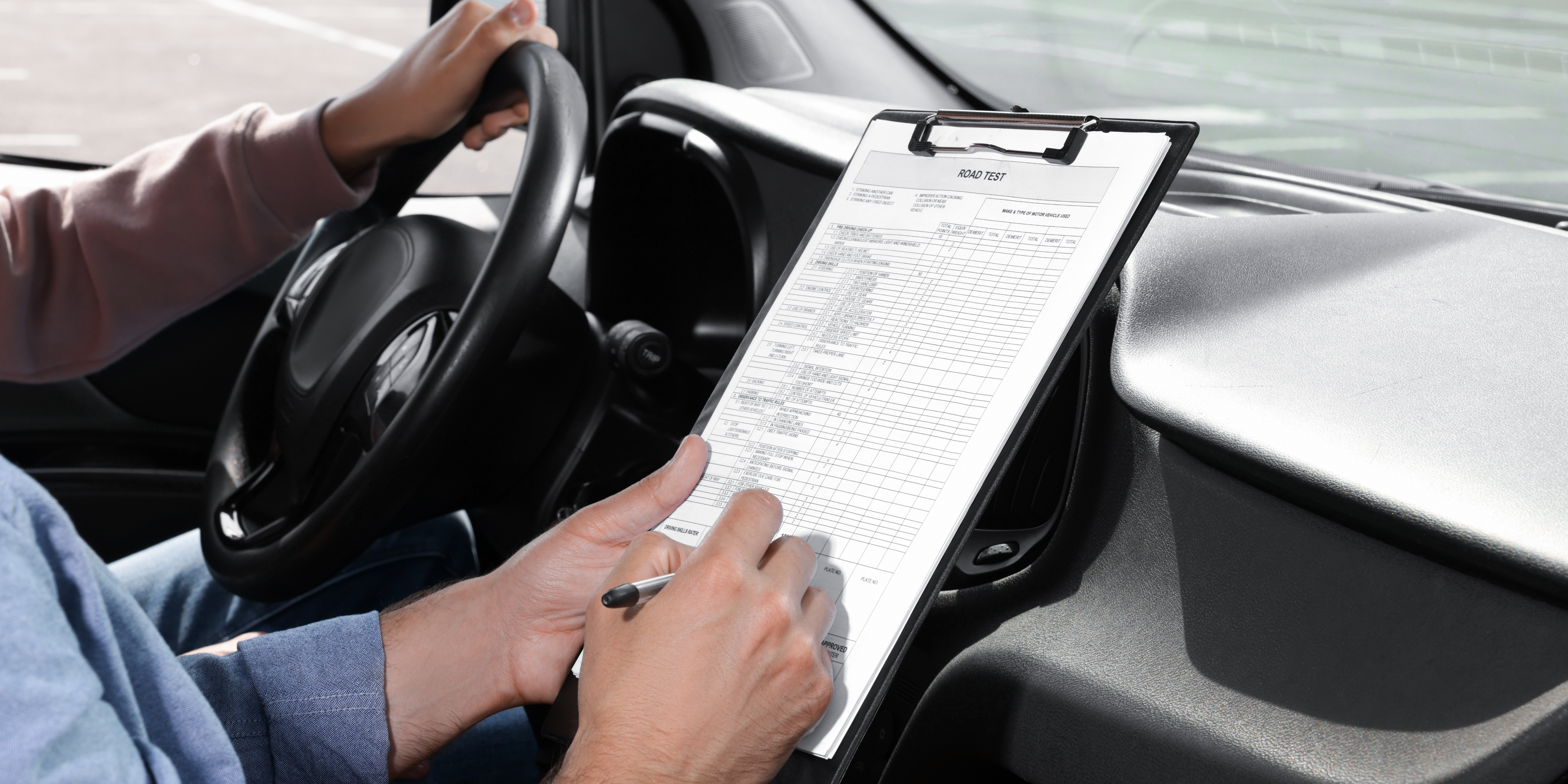Driving is often seen as a rite of passage, a symbol of freedom and independence. However, for many individuals, the thought of getting behind the wheel can evoke feelings of anxiety and fear. Whether it’s due to past accidents, traumatic experiences, or a lack of confidence, driving anxiety is a common challenge that can hinder one’s ability to enjoy the open road.
In this blog post, we’ll explore the causes of driving anxiety and share practical tips for overcoming it and building confidence behind the wheel.
Understanding Driving Anxiety:
Driving anxiety can manifest in various ways, ranging from mild nervousness to debilitating fear. Common symptoms include sweaty palms, rapid heartbeat, trembling, and difficulty concentrating while driving. The causes of driving anxiety can be complex and multifaceted, often stemming from past negative experiences, fear of accidents or injury, or concerns about the judgment of others.
One of the primary contributors to driving anxiety is a lack of confidence in one’s driving abilities. This may be due to limited experience on the road, uncertainty about traffic rules and regulations, or feeling overwhelmed by the complexities of driving in today’s fast-paced world. Additionally, individuals who have experienced accidents or near-misses in the past may develop a heightened fear of driving, leading to avoidance behavior and increased anxiety.
Tips for Overcoming Driving Anxiety:
- Start Slowly: If you’re feeling anxious about driving, it’s essential to start slowly and gradually build your confidence. Begin by practicing in low-stress environments such as empty parking lots or quiet residential streets. As you become more comfortable behind the wheel, gradually increase the complexity of your driving tasks and exposure to different driving conditions.
- Take Refresher Lessons: Consider taking refresher driving lessons with a qualified instructor to brush up on your skills and gain confidence on the road. A professional driving instructor can provide valuable feedback, guidance, and reassurance, helping you overcome any specific challenges or areas of weakness.
- Practice Relaxation Techniques: Learning relaxation techniques such as deep breathing, progressive muscle relaxation, or visualization can help reduce anxiety and promote a sense of calmness while driving. Practice these techniques regularly, both in and out of the car, to build resilience and coping skills for managing driving anxiety.
- Challenge Negative Thoughts: Identify and challenge negative thoughts and beliefs that contribute to your driving anxiety. Replace them with more positive and empowering statements, such as “I am a capable and confident driver” or “I can handle whatever challenges come my way.” Visualization exercises can also be helpful in mentally rehearsing successful driving experiences.
- Gradually Increase Exposure: Gradually expose yourself to increasingly challenging driving situations, such as driving on highways, navigating busy intersections, or driving in adverse weather conditions. Break down these tasks into smaller, manageable steps, and celebrate each success along the way.
- Seek Support: Don’t hesitate to seek support from friends, family, or mental health professionals if you’re struggling with driving anxiety. Talking about your fears and seeking reassurance from others can help alleviate anxiety and provide a sense of encouragement and support.
Building Confidence Behind the Wheel:
Building confidence behind the wheel is an ongoing process that requires patience, perseverance, and a willingness to confront your fears. Here are some additional tips for boosting your confidence as a driver:
- Know Your Vehicle: Take the time to familiarize yourself with your vehicle’s controls, features, and maintenance requirements. Understanding how your car operates can instill a sense of confidence and competence while driving.
- Stay Prepared: Make sure your vehicle is properly maintained and equipped with essential safety items such as a first aid kit, emergency roadside kit, and spare tire. Knowing that you’re prepared for unexpected situations can help alleviate anxiety and boost confidence on the road.
- Practice Defensive Driving: Adopting a defensive driving mindset can help you anticipate and react to potential hazards on the road proactively. Stay alert, follow traffic laws, and maintain a safe following distance from other vehicles to reduce the risk of accidents and build confidence in your driving abilities.
- Set Realistic Goals: Set achievable goals for yourself as you work to overcome driving anxiety and build confidence. Whether it’s mastering a specific maneuver, conquering a challenging driving route, or driving independently for a certain distance, celebrate your progress and acknowledge your accomplishments along the way.
- Stay Positive: Cultivate a positive attitude towards driving and focus on the progress you’ve made rather than dwelling on past mistakes or setbacks. Surround yourself with supportive individuals who believe in your abilities and encourage you to succeed.
Conclusion:
Driving anxiety is a common challenge that many individuals face, but it doesn’t have to stand in the way of enjoying the freedom and independence that driving can bring. By understanding the underlying causes of driving anxiety and implementing practical strategies for overcoming it, you can build confidence behind the wheel and reclaim your enjoyment of driving. Remember that progress takes time, so be patient with yourself and celebrate each small victory along the way. With determination, perseverance, and support, you can overcome driving anxiety and embark on a journey of safe and confident driving.
Click here to view our different packages or click here to book your road test.
Lastly, our services are extended to Toronto, North York, Etobicoke, Scarborough, Vaughan and Brampton.






